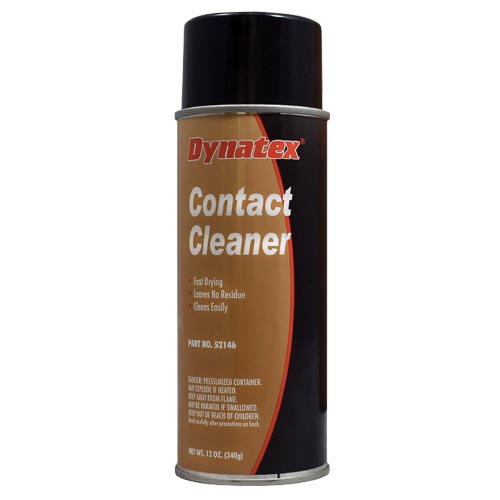

Avoid air smoke and other pollutants, which can enter your eyes and cause irritation and infection. Never wear your contact lenses more than 30 days after first opening. Replace your contact lens case at least every three months. Keep your solution bottle tightly capped, and avoid contact with surfaces or objects while in use. Don’t transfer contact lens cleaning solutions into smaller containers for travel or storage, which can compromise the sterility of your solution. Also, don’t leave your case near the toilet or in humid places, which allow mildew and germs to build up. Do rinse your contact lens case with fresh solution, and leave it overturned and open to dry.ĭon’t clean your case with water, which can contain impurities and microorganisms. Nails aren’t only sharp they’re a great haven for germs and dirt. Studies have shown that “rub and rinse” is the best way of cleaning contact lenses, even with “no-rub” contact lens cleaning solutions. Do rub your contact lenses with your fingers, and rinse them with fresh cleaning solution afterward. None of these serve to disinfect and properly clean your contact lenses. 
Do use fresh, contact lens cleaning solution every time.ĭon’t use tap or sterile water, saliva, saline solution or rewetting drops. Don’t use oil or lotion-based soaps, which can cloud or soil your lenses. Use antibacterial soap where possible, and dry your hands with a lint-free towel.
How to clean contacts Do wash your hands with soap and water before touching your contact lenses. Here are some dos and don’ts for cleaning your contact lenses-and the reasoning behind them. Hygiene is one of the most important factors in preventing infections and other problems that can affect not only the health of your eyes but also your long-term vision.






 0 kommentar(er)
0 kommentar(er)
